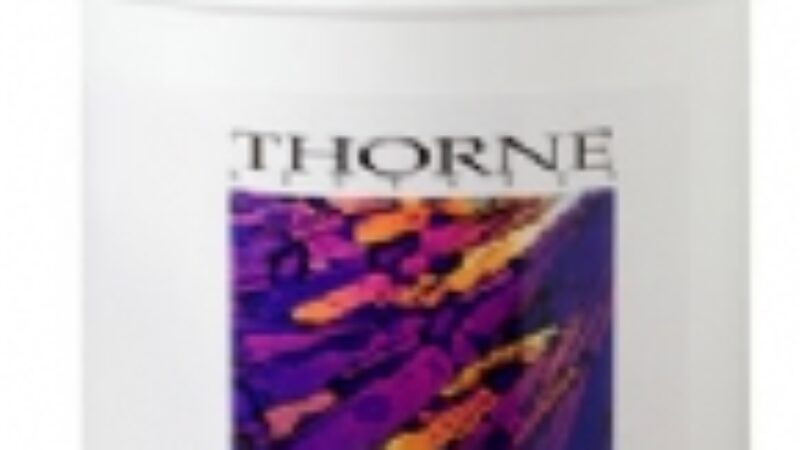You may be troubled by milia (also known as milk spots or oil seeds) forming on your face or other part of your body. These keratin filled cysts are benign and while common in newborns and babies, they can appear on the skin of an individual at any age. Because of their appearance, they are often confused with whiteheads.
Milia generally appear around the nose and eyes, though they can appear on other body parts as well. They tend to resolve spontaneously in children within two to four weeks, but in adults treatment is often required.
Why Do Milia Form?
Milia form when skin cells don’t slough off normally, but instead remain trapped in a little pocket or cyst on the skin’s surface. This results in the white bead like appearance just under the epidermis.
Milia may be caused by a range of reasons:
- Heavy skin care or hair care products. These items may prevent the normal sloughing process of dead skin cells
- Chronic sun damage. Sun damage results in thicker skin which makes it more difficult for skin cells to be exfoliated
- Skin damage caused by burns or blistering trauma such as exposure to poison ivy
- Blistering skin disorders such as bullous pemphigoid or porphyria cutanea tarda
- Genetic susceptibility
What To Do
Exfoliation is one of the most effective ways to deal with milia at home. Exfoliation helps to keep the skin smooth and thinner by helping to eliminate dead skin cells from the surface. This can reduce the formation of milia and may also help to eliminate existing ones. The use of the following ingredients can help:
- Glycolic acid as found in the Neostrata and Reversa line of skin care products
- Mandelic and malic acid as found in the M2 Skin Care line
- Home microdermabrasion systems such as Neostrata Skin Renewal Peel Solution
- Retinoids as found in Green Cream can help to increase cell turnover helping to improve the skin’s appearance. Retinoids should not be used on the eyelids.
Due to their delicate nature, look for products specifically designed for the eyelid area if you wish to treat milia here. It may be best to let a professional deal with these.
In order to prevent milia from developing, pay close attention to your skin care products, particularly moisturizers and sunscreen. If after eliminating problematic products and exfoliation, milia don’t resolve, then it may be time to visit your dermatologist. Office peels or microdermabrasion may help while resistant milia may have to be physically extracted. Maintain clear skin by incorporating an exfoliating product as part of your regular skin care routine.




